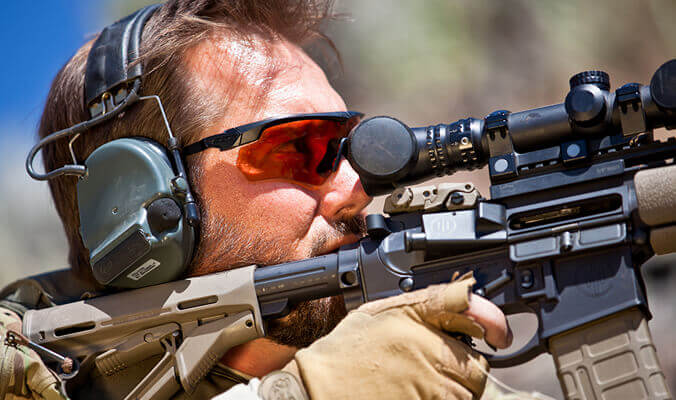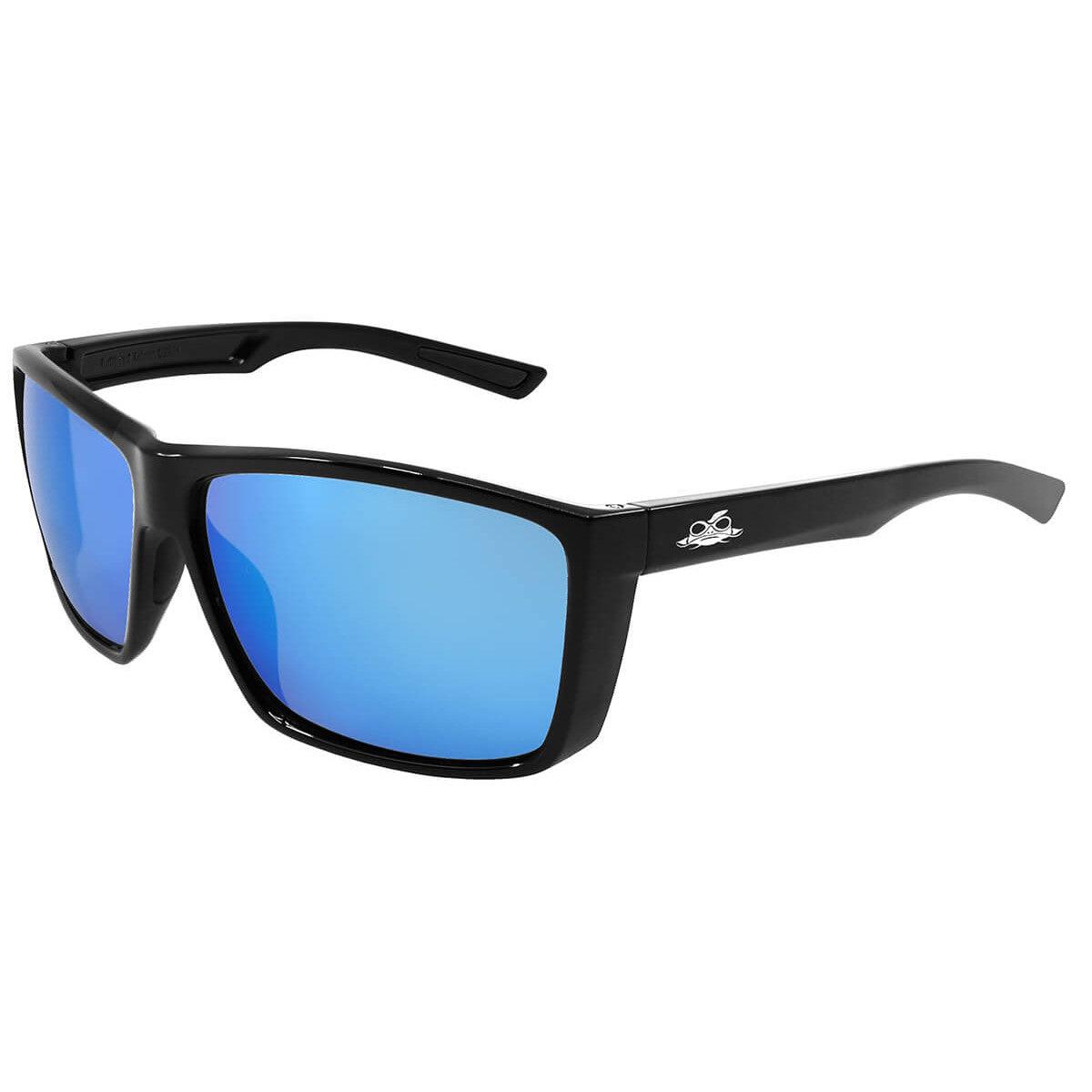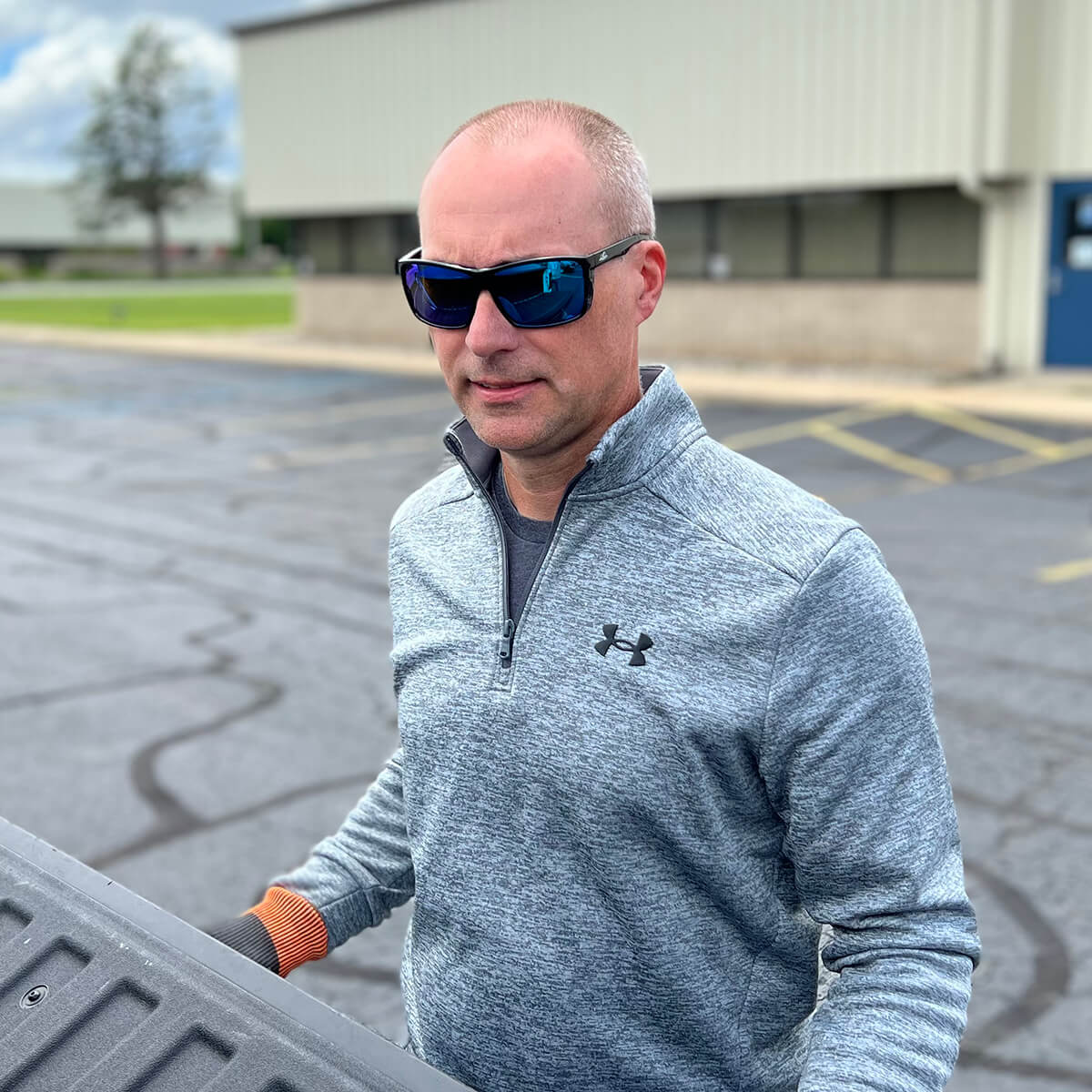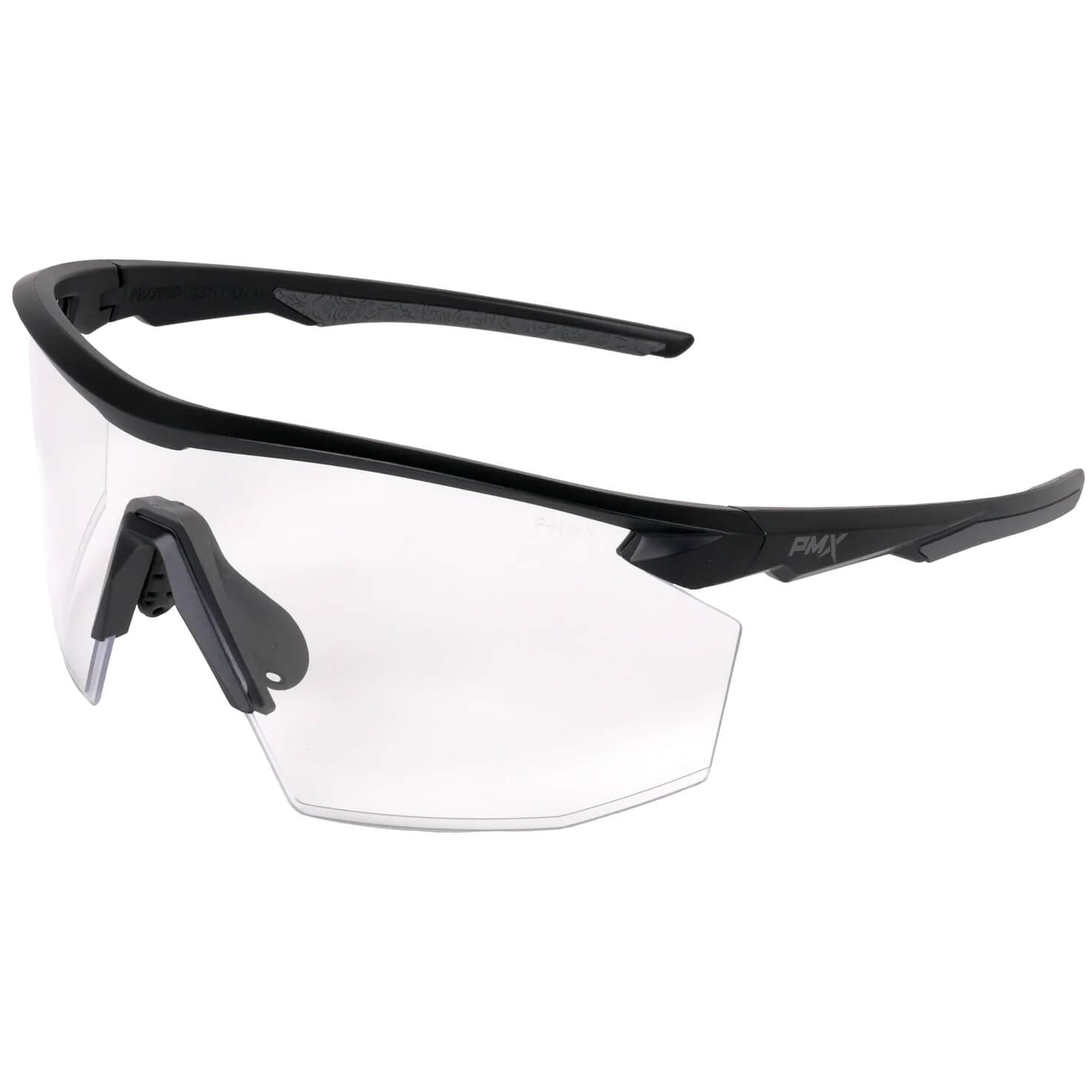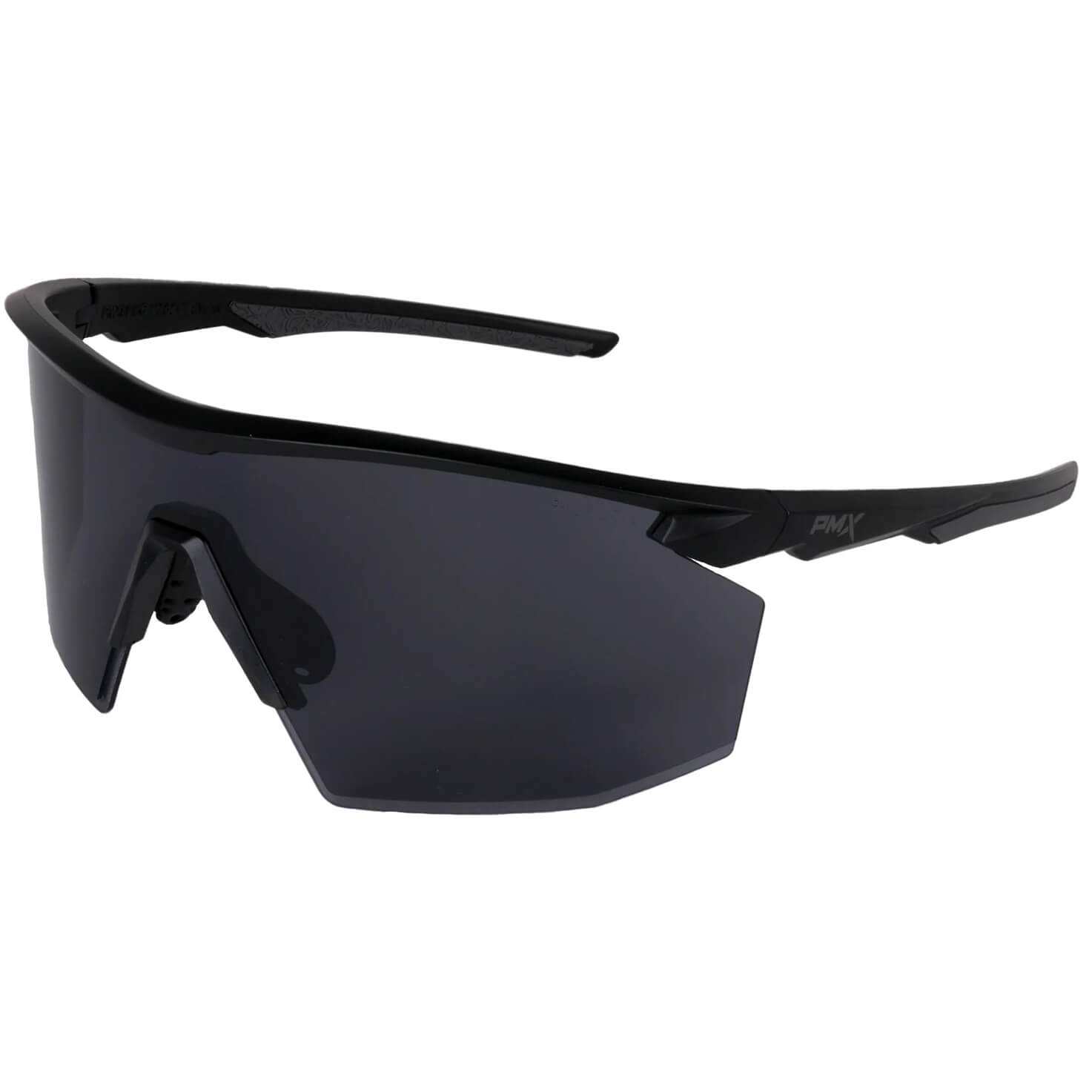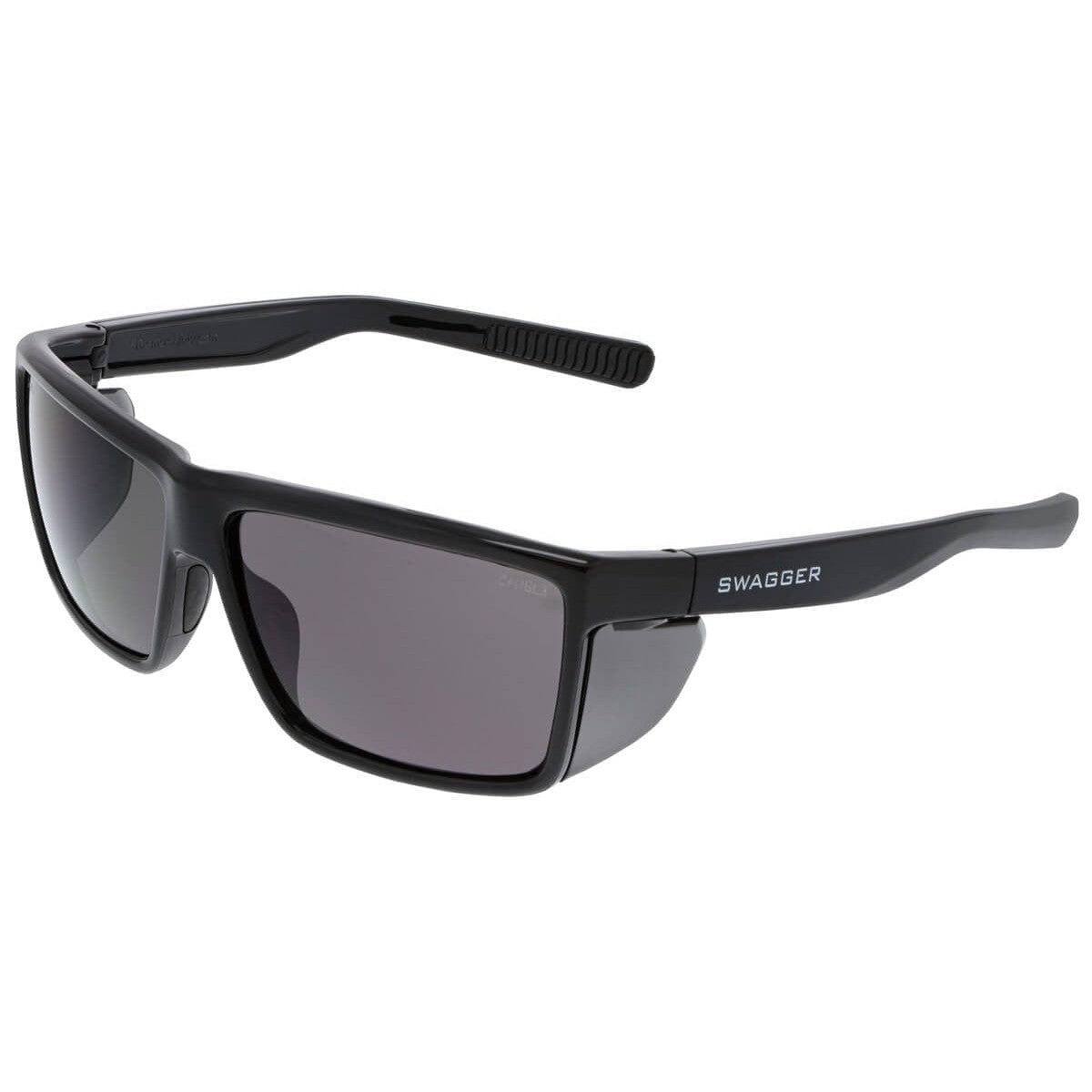What Does Ballistic Rated Eyewear Mean?
"Ballistics is the science that studies the movement of objects (such as bullets or rockets) shot or forced to move forward through the air."
In the world of safety eyewear, ballistics means military-grade impact protection. This standard differs quite a lot from that of safety eyewear for civilians. Ballistic-rated eyewear is designed and tested to survive the military's high-speed impact and fragmentation standards.
What's The Difference Between Civilian and Military Safety Eyewear Standards?
The civilian standard for safety eyewear is indicated by a Z87+ marking that denotes meeting ANSI Z87.1 standards. Although currently without a marking, the Military Ballistic Standard 662 means a product meets military-grade standards. The difference between the two standards is essential.
Civilian Standards
The Z87+ markings on safety glasses and goggles indicate eyewear is compliant with ANSI Z87.1 high impact and ANSI/ISEA Z87.1 industrial safety standards for eye protection. Safety eyewear meeting these criteria is used in various industrial and personal applications.
Note that the Z87+ marking is used for all Plano readers and magnifier safety glasses. The Z87-2+ marking is used for impact-rated prescription lenses. If you're using Rx inserts with military eyewear, they must be impact rated and marked with Z87-2+.
Military Standards
The Military's rigorous MIL-PRF 32432 Ballistic Fragmentation standard uses tests similar to the ANSI Z87.1 standard. However, the requirements are much more stringent.
Two primary Military Ballistic Standards are used for testing, MIL-PRF-31013 (spectacles) and MIL-DTL-43511D (goggles). Eyewear passing these tests and additional criteria may qualify to be listed on the APEL (Authorized Protective Eyewear List), which indicates the product is approved for individuals serving in the US Military.
Ballistic-rated sunglasses are a necessity for today's military and law enforcement personnel.
Most military-grade eyewear will meet ANSI certifications. However, ANSI-certified safety glasses and goggles will not always be APEL certified. In fact, the majority of them are not.
The impact standards required for APEL certification are much higher than those for the ANSI standard. In fact, the MIL-PRF-31013 testing produces approximately 7 times more impact energy than the ANSI Z87.1 standard. Also, the military impact standards for goggles are even more rigorous.
The US Army also requires that ballistic eyewear is functional, reasonably comfortable, contains no bright colors or distracting designs, and can be disinfected. Also, they have requirements for optical clarity, protection from UV rays, fit, chemical resistance, and environmental stability (no changes when exposed to a range of temperatures and humidity levels).

The impact protection levels for ballistic-rated eyewear far exceed the industrial ANSI Z87.1 standards.
How can you identify APEL-certified eyewear?
While all ANSI-certified eyewear must be indicated with the Z87+ marking somewhere on the product, there currently is no marking system for military-grade eyewear. Officials report the marking requirements for ballistic eyewear are still forthcoming.
The only way to be sure eyewear meets APEL standards is to check the APEL list provided and regularly updated by PEO Soldier, a program providing "soldiers with capabilities to ensure they remain decisive and dominant throughout the full spectrum of military operations."
Only eyewear on APEL has been tested and validated as meeting military requirements for ballistic fragment protection. Eyewear not on this list is not authorized for wear during combat, training, or when there is the risk of impact injury to the eyes of individuals in the military.
How can you identify non-APEL ballistic eyewear?
Unfortunately, non-APEL-certified eyewear has no unique product markings to make identifying ballistic-rated eyewear easy. Safety glasses meeting military ballistic standards can only be identified by reading the manufacturer's product description. Sometimes, you'll get lucky and see a "Vo" marking on the frame or lens. However, this marking appears to be falling out of favor with most manufacturers. The best bet for those required to wear ballistic-rated eyewear is to only buy those listed on APEL.

Example of the APEL marking on a pair of Wiley X PT-1 Safety Glasses
Where can you find ballistic-rated eyewear?
Most manufacturers of ballistic eyewear list which styles meet or exceed military impact standards on their packaging or in sales descriptions. Safety Glasses USA has a dedicated Ballistic Eyewear Section to make the selection process easier.
To help you get started, here's a list of favorite brands offering ballistic-rated styles:
- Edge Eyewear
- ESS Military Eyewear
- Oakley SI Eyewear
- Smith Optics Elite Tactical Eyewear
- Wiley-X Tactical Eyewear
Even with the help provided by most safety eyewear manufacturers and retailers, it's essential to ensure any product purchased for military use is listed on APEL.

